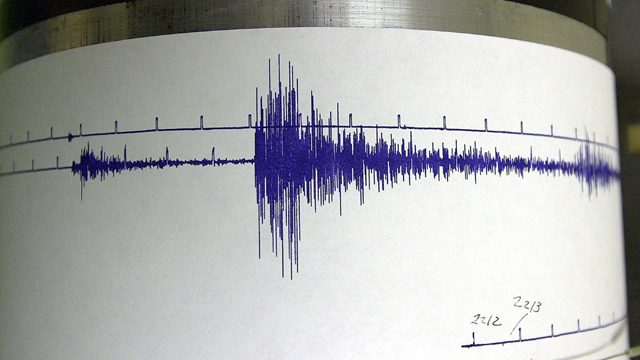After years of dealing with a broken-down and worn-out fleet, San Diego firefighters will be getting a big infusion of new engines.
At one time, so many were in the shop, the city didn't have enough qualified mechanics to get them fixed. Private consultants have warned the city that it has too many gaps in fire coverage.
Its engines log a lot of mileage -- wear and tear that takes a toll on what's called "useful life."
They’re not cheap, and for the longest time, the city's finances were such that it couldn't afford many new ones.
Now that situation is starting to change. For the San Diego Fire-Rescue Department (SDFD), a huge boost in efficiency and morale is almost in sight.
"Our apparatus that we're using right now are really getting run into the ground -- as are the personnel,” said Alan Arrollado, president of San Diego City Fire Fighters Local 145
“We've got several rigs that regularly run over 20 calls a day,” Arrollado noted in an interview Thursday. "Our call volume has increased from about 70,000 to 140,000 in the span of about 25 years. And we really haven't added many fire apparatus to address that call volume."
Ten a year, on average.
But in one fell swoop this year, the SDFD is getting city council authorization for $25 million to bring on 31 new rigs -- with "useful lives" projected at between 12 and 18 years.
San Diego's engines tend to get a lot of use, racking up 200,000 miles in a hurry; city mechanics get precious few breaks from performing repairs and routine maintenance.
The way things work is the newer rigs in the SDFD are the ones assigned to the front-line fleet of 48.
It's the 32 in the reserve fleet that are the most concerning.
"That's where our weakness is today,” said Deputy Chief Kevin Ester, who oversees the department’s logistical issues.
Local
“We don't treat the reserve fleet any differently than the front-line fleet,” Ester told NBC 7, “because if a company needs to go into a reserve engine, the community expects it to have the same capability as the fire engine that was there yesterday does."
That expectation is more reasonable than when the department, in a budget crunch not too many years back, had to "brown out" several engines a day for 17 months.
“You know, times were what they were, money-wise, and those kind of things,” City Councilman Scott Sherman pointed out. “We're now at a point where some of the reforms that we've been doing, and a good economy, the money's in the right position, and it's time to start re-investing into the infrastructure that quite frankly, taxpayers think their money's supposed to be spent on."
The new rigs will be acquired under leases that'll add $6 million to the city's bottom line.
As they're activated in the fleet, another upside is that the models they replace will have enough "useful life” to fetch more on the resale market than what the city's getting now.



